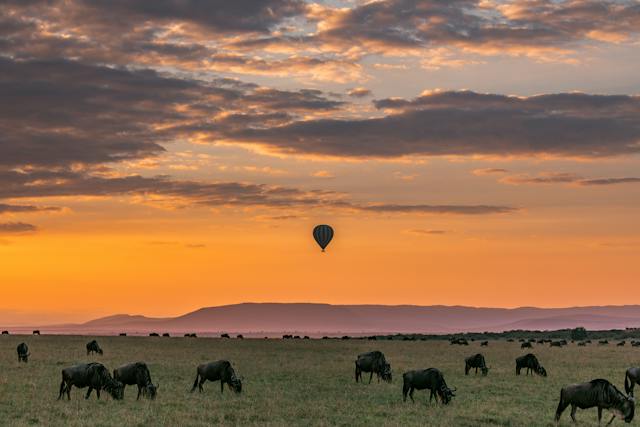In the realm of eco-adventures and environmental guardianship, wildlife exploration emerges as an enchanting fusion. It has garnered unparalleled acclaim in contemporary times, presenting a distinctive avenue for individuals to behold the splendor of the natural cosmos while actively participating in worldwide conservation endeavors. Let us embark on an expedition into the domain of wildlife tourism, unraveling its ramifications, ethical intricacies, sought-after havens, fiscal advantages, hurdles encountered, and the auspicious prospects it envisions.
The Impact of Wildlife Tourism
Positive effects on conservation efforts
In the realm of ecological exploration and environmental advocacy, wildlife tourism emerges as a potent instrument for the promotion of conservation, propelling cognizance, and marshaling societal endorsement for the preservation of imperiled species and their habitats. Tourists frequently metamorphose into proponents of wildlife safeguarding, channeling financial resources into initiatives geared towards conservation and actively participating in endeavors focused on upholding biological diversity.
Concerns and negative impacts
Nevertheless, the upsurge in wildlife tourism elicits apprehensions regarding its potential adverse ramifications. The congestion in esteemed destinations may disrupt ecosystems, subjecting wildlife to undue stress. Unregulated tourism has the propensity to induce habitat destruction, thereby posing a looming peril to the very species that beckon tourists for admiration.
Popular Wildlife Tourism Destinations
Africa’s safari adventures
Embarking on an odyssey across the African savannah offers enthusiasts a glimpse into the majestic realm of lions, elephants, and rhinoceroses within their native ecosystems. The vast expanses and diverse biomes make it an unparalleled choice for devotees of wildlife, seeking a comprehensive and deeply immersive rendezvous with the untamed wonders of nature.
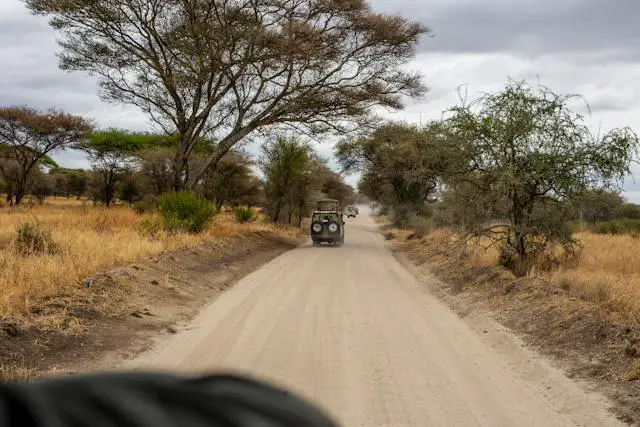
The Amazon rainforest exploration
The Amazonian rainforest, acclaimed as Earth’s respiratory network, summons adventurers with its extraordinary abundance of vitality. From vibrant parrots to elusive jaguars, the Amazon unveils a myriad of wildlife spectacles, establishing itself as an indispensable sanctuary for aficionados of the natural realm.
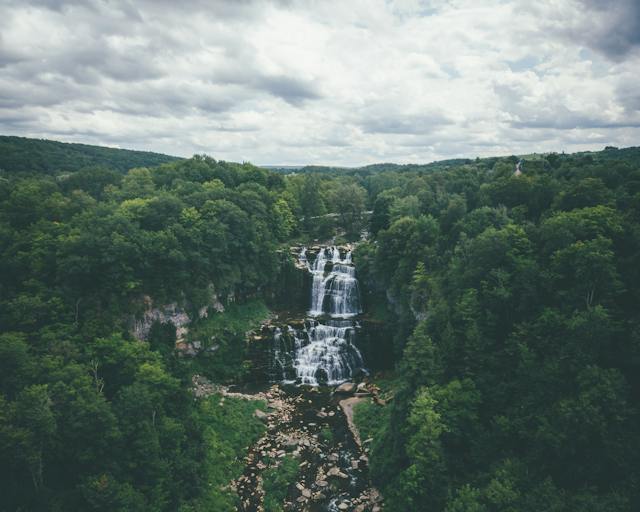
Australian wildlife encounters
Australia’s unique fauna, comprising kangaroos, koalas, and the vivid marine life inhabiting the Great Barrier Reef, invites explorers in search of diverse wildlife odysseys. The expansive terrains of the Southern Hemisphere present a fusion of terrestrial and aquatic escapades, catering to a varied spectrum of interests.
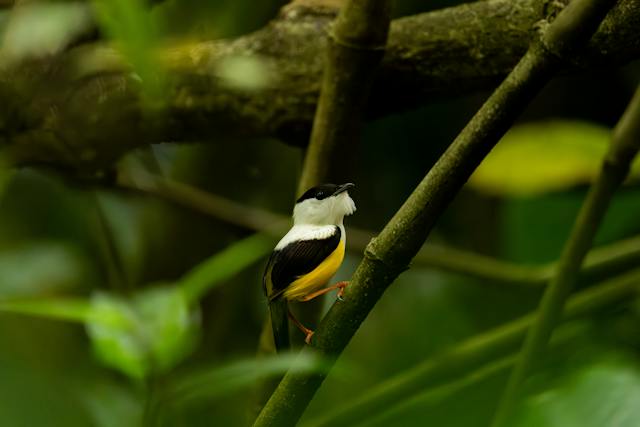
Ethical Considerations in Wildlife Tourism
Importance of responsible tourism
With the surge in the desire for wildlife encounters, there comes a commensurate elevation in the significance of conscientious tourism. Voyagers are impelled to exhibit cognizance of their repercussions on ecosystems and steadfastly adhere to ethical precepts, thereby ensuring the well-being of wildlife and the safeguarding of their natural abodes.
Guidelines for Ethical Wildlife Encounters
Engaging in conscientious wildlife tourism entails maintaining a prudent distance, refraining from undue interference with innate behaviors, and aligning with operators ardently dedicated to conservation endeavors. Adhering to these directives ensures that the delight of observing wildlife is coupled with a profound sense of responsibility and reverence.
Types of Wildlife Tourism
Safari tours
Embarking on safari excursions presents a unique prospect to witness untamed creatures in their native domains. Be it traversing the expansive African savannah or navigating the lush jungles of India, these safari odysseys deliver a fully immersive encounter, allowing participants to come into proximity with the marvels of the natural world.
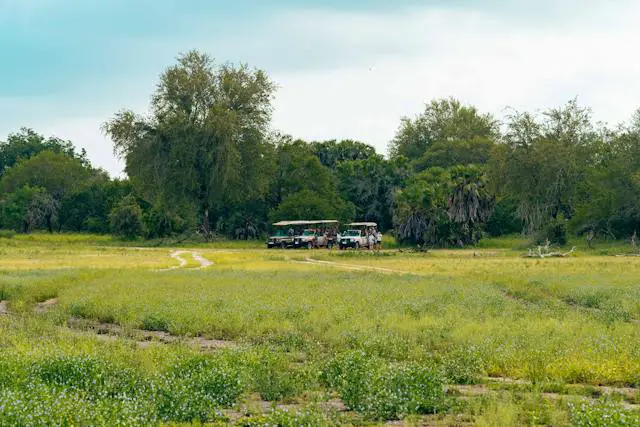
Birdwatching expeditions
For enthusiasts devoted to the observation of avifauna, ventures into the realm of birdwatching proffer an opportunity to encounter uncommon and exotic species of winged creatures. Whether it be the vibrant toucans gracing the skies of South America or the regal eagles soaring over the landscapes of North America, aficionados of avian marvels embark on odysseys, seeking to behold the remarkable diversity within the world of airborne wonders.
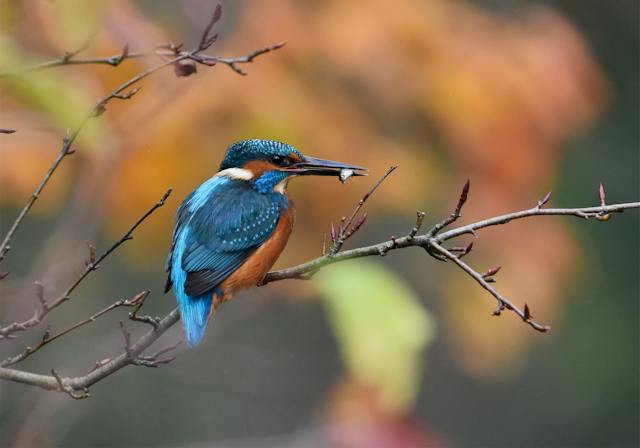
Marine wildlife encounters
Plunging into the vast expanse of the world’s oceans, encounters with marine life offer voyagers a glimpse into the enchanting splendor of subaqueous ecosystems. Whether engaging in a dance with dolphins or delving into the intricacies of coral reefs, these immersive occurrences cultivate a profound admiration for the inhabitants of the sea and underscore the imperative for the preservation of our oceanic realms.
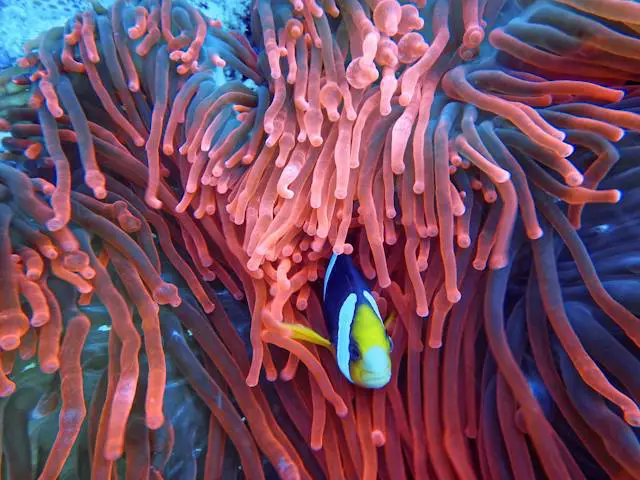
Economic Benefits of Wildlife Tourism
Contribution to local economies
Wildlife tourism plays a pivotal role in bolstering the fiscal health of local economies, acting as a substantial source of income for communities residing in proximity to natural reserves and parks. The steady stream of tourists not only fortifies the economic landscape but also nurtures community development by providing robust support to indigenous businesses.
Job creation and sustainable development
The sector engenders employment prospects for indigenous inhabitants, spanning roles from tour narrators and preserve overseers to establishments devoted to hospitality and conveyance. Endeavors in sustainable advancement meticulously harmonize the fiscal advantages with the imperative to conserve the ecosystem.
Challenges Faced in Wildlife Tourism
Overcrowding issues
The surge in popularity surrounding wildlife tourism has led to congestion in certain renowned destinations, impacting the holistic encounter and exerting strain on fragile ecosystems. Navigating the delicate equilibrium between meeting demand and upholding environmental preservation poses an enduring challenge.
Balancing tourism and conservation needs
Deliberating upon the intricate balance of fulfilling the aspirations of tourists while ensuring the protection of wildlife demands meticulous strategic foresight and collaboration among entities in the tourism sector, environmental conservationists, and indigenous communities.
Biodiversity Conservation Initiatives
Collaboration between tourism and conservation organizations
Successful preservation of biodiversity frequently entails a synergy between entities engaged in wildlife tourism and conservation organizations. Collaborative endeavors have the potential to culminate in the establishment of safeguarded regions, initiatives for the revitalization of natural habitats, and community-centric ventures dedicated to conservation.
Success stories in protecting wildlife habitats
Numerous wildlife tourism locales stand witness to triumphant tales of conservation, epitomizing the affirmative influence that conscientious tourism practices can exert on the sustenance of biodiversity. Ranging from the recuperation of jeopardized species to the revitalization of intricate ecosystems, these narratives of triumph serve as a wellspring of motivation propelling continual endeavors.
The Role of Technology in Wildlife Tourism
Virtual reality experiences
The progression of technology has unveiled novel pathways for wildlife tourism, encompassing virtual reality exploits. Virtual safaris and immersive encounters extend the marvels of the untamed to a worldwide audience, nurturing a sense of interconnection and environmental cognizance.

Live streaming wildlife encounters
Live streaming platforms facilitate the instantaneous dissemination of wildlife rendezvous, enabling global audiences to partake vicariously. These virtual escapades contribute to edification and advocacy, underscoring the significance of preserving biodiversity.
Educational Aspects of Wildlife Tourism
Raising awareness about endangered species
Wildlife tourism emerges as a priceless pedagogical instrument, instilling consciousness regarding imperiled species and the perils encircling them. Acquiring insights into firsthand conservation tribulations galvanizes individuals to metamorphose into custodians of the milieu.
Promoting environmental education
Participating in experiences within the realm of wildlife tourism stimulates ecological enlightenment, implanting a profound sense of duty toward the Earth. By nurturing an interlinkage between humanity and the natural world, wildlife tourism evolves into a catalytic force propelling enlightened and sustainable existence.
Community Involvement in Wildlife Tourism
Engaging local communities
Triumphant wildlife tourism seamlessly intertwines indigenous communities within the fabric of conservation strategies. Enmeshing locals in the tapestry of tourism activities establishes a symbiotic rapport, wherein communities discern the intrinsic value of safeguarding their pristine natural environs.
Encouraging sustainable practices
Embarking on wildlife tourism endeavors, communities frequently embrace sustainable methodologies, discerning the enduring advantages of safeguarding their intricate ecosystems. This methodology fosters a state of equilibrium between tourism pursuits and the overall welfare of both wildlife and the indigenous populace.
Legal Frameworks and Regulations
International and national regulations
The governance of wildlife tourism exhibits a global tapestry, marked by diverse nations enacting distinct legal frameworks. International accords, exemplified by the Convention on International Trade in Endangered Species of Wild Fauna and Flora (CITES), aspire to standardize methodologies and safeguard the welfare of wildlife.
Consequences of violating wildlife protection laws
Breaching statutes safeguarding wildlife can incur substantial repercussions, encompassing monetary penalties, incarceration, and the cessation of tourism undertakings. Complying with mandates is imperative to uphold the enduring viability of wildlife tourism and the ecological welfare of habitats.
Tips for Responsible Wildlife Tourism
Choosing Ethical Tour Operators
Opting for tour operators dedicated to ethical and responsible methodologies is paramount in ensuring an enriching wildlife tourism encounter. Delving into the profiles of companies and scrutinizing their conservation endeavors empowers voyagers to make enlightened and conscientious decisions.
Minimizing ecological footprint
Mitigating the environmental impact necessitates embracing sustainable travel methodologies. Opting for eco-conscious lodgings, minimizing waste, and showing reverence for wildlife habitats all contribute to conscientious tourism practices, fostering the safeguarding of natural ecosystems.
Future Trends in Wildlife Tourism
Sustainable tourism practices
The forthcoming trajectory of wildlife tourism hinges upon the adoption of sustainable methodologies that prioritize conservation efforts and mitigate adverse repercussions. Spanning from environmentally conscious lodgings to carbon-neutral travel, the sector is transforming to meet the escalating demand for conscientious and morally sound experiences.
Technological advancements shaping the industry
The relentless progression of technology, exemplified by augmented reality and artificial intelligence, is anticipated to intricately elevate the wildlife tourism encounter. These cutting-edge developments will facilitate more profound and enlightening engagements, broadening the scope of conservation endeavors.
Conclusion
In the realm of wildlife tourism, an ever-shifting and progressive domain, the intertwining of adventure’s exhilaration with the weighty mantle of conservation unfolds. As we embark on journeys through nature’s marvels, a mindful approach becomes imperative, ensuring that our sojourns contribute sanguinely to the welfare of wildlife and their abodes. Embracing the tenets of conscientious tourism not only bequeaths indelible memories but also assumes a pivotal role in upholding the extraordinary biodiversity that graces our planet.
FAQs (Frequently Asked Questions)
- Is wildlife tourism harmful to animals?
- Wildlife tourism, when conducted responsibly, can have positive effects on conservation. However, irresponsible practices can harm wildlife and their habitats.
- How can tourists minimize their impact on ecosystems?
- Tourists can minimize their impact by choosing ethical tour operators, maintaining a safe distance from wildlife, and adopting sustainable travel practices.
- What role do local communities play in wildlife tourism?
- Engaging local communities is essential for the success of wildlife tourism, fostering a symbiotic relationship between tourism and conservation.
- Are there legal consequences for violating wildlife protection laws?
- Yes, violating wildlife protection laws can result in fines, imprisonment, and the suspension of tourism activities, emphasizing the importance of adhering to regulations.
- What are the future trends in wildlife tourism?
- The future of wildlife tourism involves a shift towards sustainable practices and continued technological advancements, enhancing the overall tourism experience.
